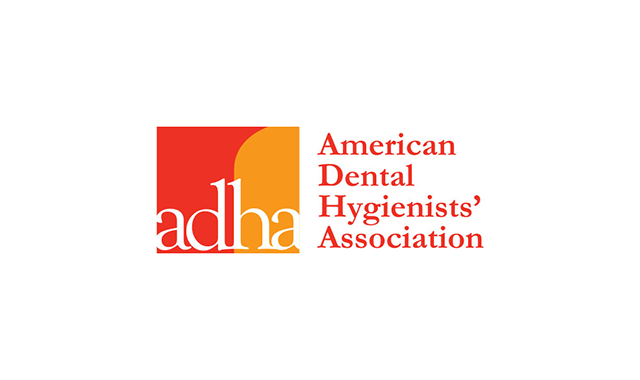The ADHA issues reopening guidelines for hygienists
In an effort to outline safety measures for dental hygienists returning to work this week, the American Dental Hygiene Association (ADHA) has published interim guidelines on returning to their offices.

In an effort to outline safety measures for dental hygienists returning to work this week, the American Dental Hygienists' Association (ADHA) has published interim guidelines on returning to their offices.
These guidelines are based on recommendations and regulations from the Centers for Disease Control (CDC), the Occupational Safety and Health Administration (OSHA), the American Dental Association (ADA), and the Organization for Safety, Asepsis and Prevention (OSAP).
- Prior to reopening the practice, hygienists should meet with their employer and the entire dental team to discuss:
- Current supply of PPE and new supplies needed
- Screening practices for COVID-19
- Methods to reduce/eliminate aerosol production in the office
- Strategies for social distancing among patients and the dental team
- Scheduling changes for providers to allow for appropriate disinfecting in between patients
Resources should be shared to ensure best practice decisions are made to support the health and safety of the entire team and the patients you serve. The latest CDC Interim Infection Prevention and Control Guidance During the COVID-19 Response can be of use. Teams should identify one member to regularly monitor national resources and update the entire team on key recommendations that will impact the practice.
Teams should also conduct an inventory of PPE and other infection control supplies. If the practice is unable to acquire appropriate supplies to manage infection control, reconsideration of the decision to reopen the practice is warranted, the ADHA states.
Before returning to work, all dental team members should be tested for COVID-19, where feasible, following state and local regulations. Individuals who test positive or present with symptoms should not report to work and should follow quarantine protocols.
If there is a surge of COVID-19 cases, the practice should reconsider the decision to reopen. Risk level incidence should be continually monitored, as there may be times when it will be important to stop all nonessential procedures if there is an uptick in COVID-19 incidence.
A soft opening is recommended by the ADHA to ensure all team members are familiar with new procedures and routines.
Upon reopening, teams should be assigned specific duties and review staff understanding of all procedures.
- All team members should answer screening questions and have their temperatures taken with a contactless thermometer and the results should be recorded daily. To address asymptomatic and pre-symptomatic transmission, everyone entering the dental setting (patients and care providers) should be required to wear a facemask or cloth covering the face, regardless of the presence of symptoms.
- Actively screen everyone on the spot for fever and symptoms of COVID-19 before they enter the dental setting.
- Upon regular screening, if staff become symptomatic, they should be sent home, tested, and quarantined. No team members should come to work if sick or if they have cold, flu, or COVID-19 symptoms.
- Team members should leave their shoes at the office, and footwear should be disinfected daily.
- Six-foot social distancing measures should be followed between staff and patients when not performing treatment.
- All members of the team should wear protective eyewear and masks, even when not in the treatment area.
- Additionally, high-volume evacuators should be available in dental hygiene rooms, and a dental hygiene assistant should be available during procedures that require HVE. The room should be sanitized after all procedures.
- Public areas should be cleaned and disinfected frequently, including waiting rooms, door handles, chairs, and restrooms. All unnecessary objects that are at risk of contamination, such as toys and magazines, should be removed.
The ADHA suggests that dental hygienists follow the Standards for Clinical Dental Hygiene Practice and review the ADHA Code of Ethics before returning to work. Also, state-by-state recommendations and mandates should be reviewed and followed.
For the full list of ADHA guidelines, click here.
Maximizing Value: The Hidden Benefits of Preventing Hospital-Acquired Pneumonia Through Oral Hygiene
September 10th 2024Originally posted on Infection Control Today. Hospital-acquired pneumonia (HAP) is a significant infection prevention concern, leading to high patient mortality, increased health care costs, and ICU usage. Oral hygiene is an effective preventive measure.